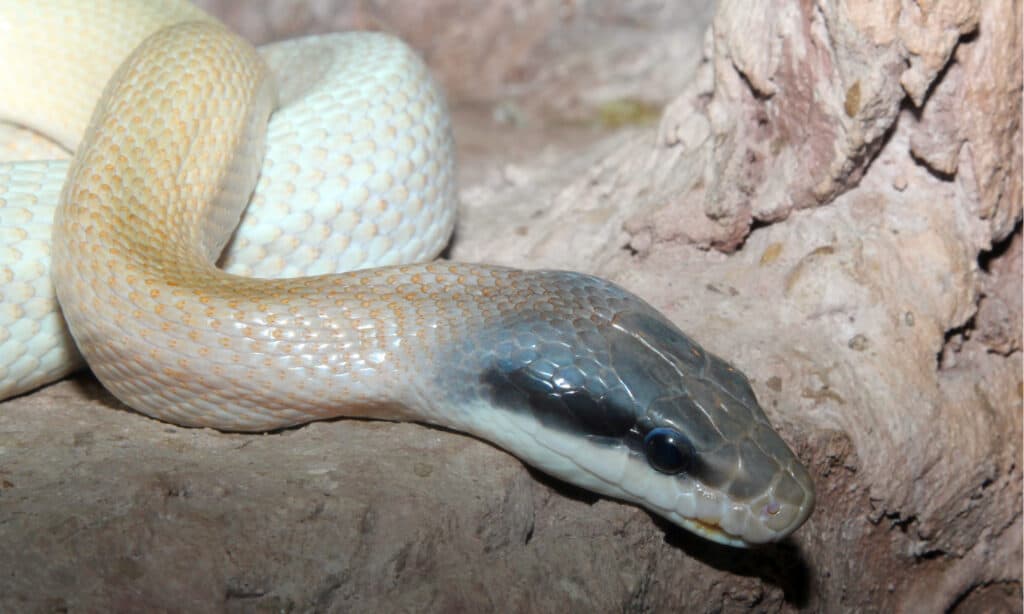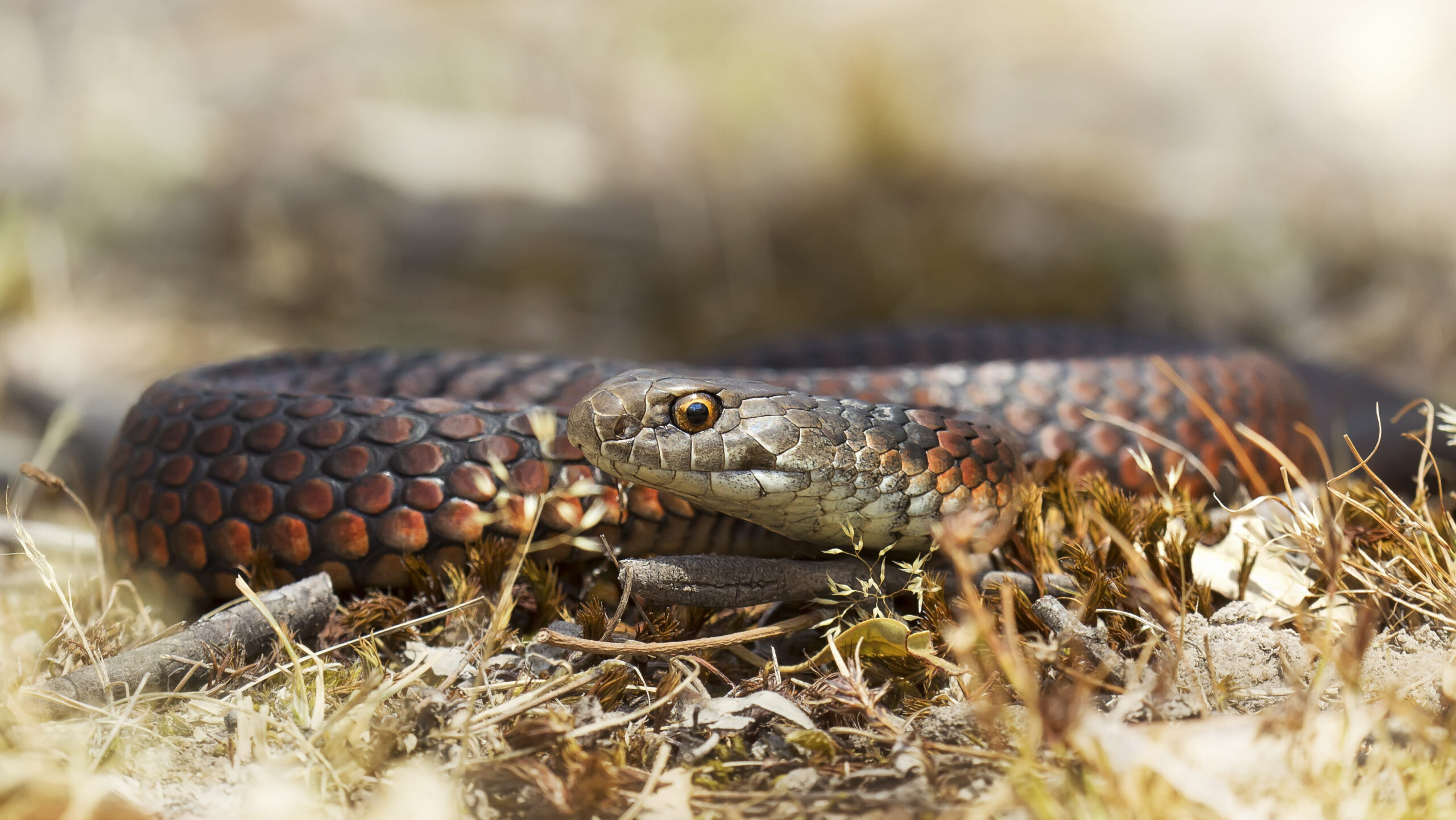Introduction
When it involves poisonous serpents, Australia is home to some of the most fascinating and dangerous types in the world. Amongst these, the Tiger Snake stands apart not just for its powerful venom but likewise for its interesting behavior. Comprehending the habits of venomous serpents like the Tiger Snake is vital for both wild animals fanatics and those residing in locations where these serpents are present. This article explores various aspects of Tiger Snake habits, habitat, recognition, safety measures, and first aid techniques in case of a snake bite.
Understanding the Habits of Venomous Snakes Like the Tiger Snake
The Tiger Snake, clinically known as Notechis scutatus, is infamous for its aggressive nature when threatened. These snakes display a variety of actions that can be fairly various from their non-venomous counterparts.
Characteristics of Tiger Snakes
The Tiger Serpent is quickly well-known as a result of its distinctive bands or stripes that resemble a tiger's markings. They can vary in color from yellowish-brown to dark olive or black. This pigmentation offers not only as camouflage but likewise as a warning signal to potential predators.

Adaptability to Environment
One exceptional element of their behavior is their flexibility to various settings. Located primarily in seaside regions, marshes, and wetlands across Australia and Tasmania, they can prosper in varied environments including metropolitan locations.
Hunting Techniques
Tiger Snakes are ambush killers primarily feeding upon fish, frogs, and small mammals. They possess eager sight and an intense feeling of odor which aids them in finding target effectively.
Venom Composition
Their poison contains neurotoxins that impact the nerves, leading to Swelling Reduction paralysis or fatality in smaller sized animals. For humans, instant clinical interest is essential after a tiger snake bite as a result of its possibly deadly effects.
Natural Habitat of Tiger Snakes
Preferred Locations
Understanding where these serpents reside sheds light on their behavior patterns. The tiger serpent habitat consists of:
- Coastal regions Swamps Grasslands Urban areas with bountiful water sources
Seasonal Movements
During warmer months, Tiger Snakes are much more energetic as they bask in sunshine or search for food. On the other hand, colder months see them retreating into hibernation sites.
Are Tiger Snakes Venomous?
Yes! The inquiry "are tiger serpents venomous?" commonly occurs among those not familiar with this varieties. Their venom is thought about among the most dangerous among all snake varieties worldwide.
Symptoms of a Tiger Serpent Bite
If bitten by a tiger serpent, symptoms might include:
- Localized pain Swelling at the bite site Nausea and vomiting Sweating and confusion
Immediate medical aid is important as without treatment bites can result in extreme wellness issues or even death.
First Aid for Snake Bites: Quick Response Guide
Knowing exactly how to provide first aid for a snake bite could save somebody's life. Here's what you should do:
Step 1: Remain Calm
Keeping tranquility aids reduce heart rate which reduces venom spread.
Step 2: Incapacitate the Affected Area
Keep the affected arm or leg still and below heart level if possible.
Step 3: Call Emergency Services
Always look for professional clinical help quickly after a snake bite.
First Help for Snake Bite Package Essentials
A fully equipped snake bite emergency treatment kit need to consist of:
- A compression bandage Antiseptic wipes A set of scissors An ice bag
Safety Preventative measures: Stopping Serpent Bites in Australia
Awareness Programs
Educating areas regarding neighborhood snake varieties and their actions can significantly lower encounters bring about bites.
Avoiding Harmful Areas
Staying away from long turf during warmer months decreases contact with snakes that might be resting or Learn more here hunting.
Common Misconceptions About Tiger Snakes
Many people believe misunderstandings concerning the behaviors of tiger serpents bring about unnecessary anxiety. Here are some explanations:


Myth 1: All Tigers Are Aggressive
Not all tiger snakes will display aggression if left undisturbed; several favor leaving as opposed to confrontation.
Myth 2: They Chase Humans
Tiger snakes do not proactively go after humans; they might strike when they feel intimidated but will normally retreat if provided space.
Conservation Initiatives Associated with Poisonous Snakes
Conservation efforts concentrate on enlightening neighborhoods concerning shielding regional wild animals while reducing human-snake interactions.
Importance of Ecosystems
Understanding that venomous snakes play an essential function in maintaining eco-friendly balance assists foster admiration instead of fear towards them.
FAQs About Tiger Snakes
What should I do if I encounter a tiger snake?- Maintain range and gradually retreat without unexpected movements.
- While attacks aren't exceptionally typical due to recognition efforts, they still take place every year within Australia.
- Baby tiger snakes can deliver complete doses of poison regardless of being smaller; therefore care is recommended around them.
- They primarily take in frogs, fish, tiny mammals like rodents, and various other reptiles.
- It's illegal in many jurisdictions without correct licensing because of security issues regarding their venom.
- Wear strong boots and stay on significant routes; appearance before putting hands or feet into concealed rooms like rocks or logs.
Conclusion
Understanding the habits of venomous snakes like the Tiger Snake not just boosts our expertise yet likewise advertises safety awareness amongst those living near their habitats. From identifying their attributes, comprehending first dugite snake bite aid protocols following a bite, through engaging preservation initiatives-- every element plays an important role in fostering conjunction with these interesting reptiles while appreciating their place within our ecosystem.
As we deepen our understanding through education and experience, we contribute favorably towards ensuring both human safety and security and wildlife preservation-- profiting all events involved!